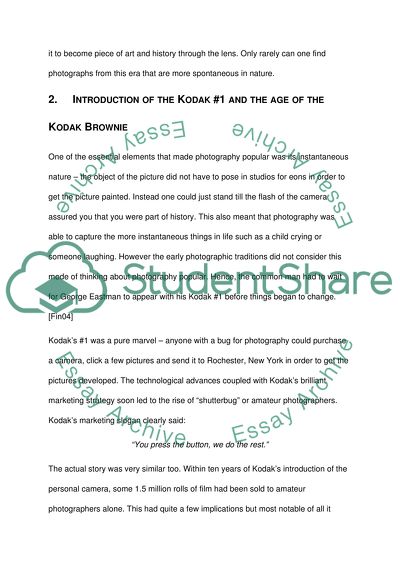Cite this document
(“Conventional Photography as Contemporary Art Essay”, n.d.)
Retrieved from https://studentshare.org/visual-arts-film-studies/1433927-photography-is-now-central-to-contemporary-art
Retrieved from https://studentshare.org/visual-arts-film-studies/1433927-photography-is-now-central-to-contemporary-art
(Conventional Photography As Contemporary Art Essay)
https://studentshare.org/visual-arts-film-studies/1433927-photography-is-now-central-to-contemporary-art.
https://studentshare.org/visual-arts-film-studies/1433927-photography-is-now-central-to-contemporary-art.
“Conventional Photography As Contemporary Art Essay”, n.d. https://studentshare.org/visual-arts-film-studies/1433927-photography-is-now-central-to-contemporary-art.


